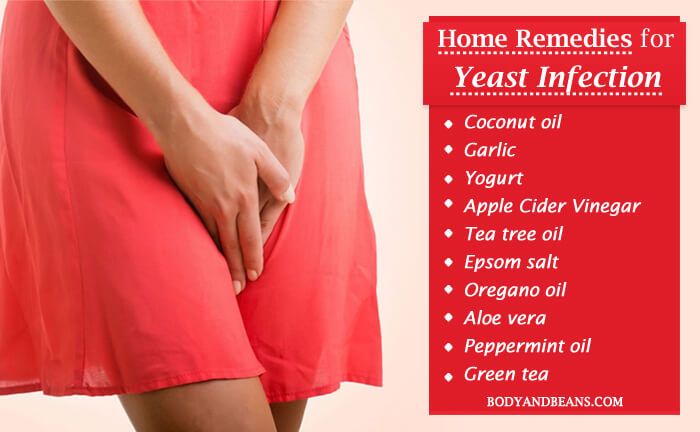Yeast Infection on Leg Crease: Causes, Symptoms, and Effective Treatments
What causes yeast infections in leg creases. How to identify symptoms of intertrigo. What are the most effective treatments for skin fold rashes. How to prevent recurrence of fungal infections in skin folds.
Understanding Intertrigo: The Common Skin Fold Infection
Intertrigo is a skin condition that occurs when folds of skin rub against each other, creating an environment conducive to irritation and infection. This common ailment typically develops in areas where skin-to-skin contact is frequent, such as the inner thighs, armpits, under the breasts, or in abdominal folds. While often referred to as a yeast infection on leg creases, intertrigo can affect various parts of the body and may involve different types of microorganisms.
Why does intertrigo occur in skin folds? The warm, moist environment created by skin rubbing together provides an ideal breeding ground for yeast and bacteria. This can lead to inflammation, redness, and discomfort. Understanding the causes and risk factors of intertrigo is crucial for effective prevention and treatment.

Identifying the Causes of Yeast Infections in Skin Folds
Several factors contribute to the development of intertrigo and yeast infections in skin folds:
- Moisture: Excess sweat and poor ventilation in skin folds create a damp environment favorable for microbial growth.
- Friction: Constant rubbing of skin against skin can lead to irritation and breakdown of the skin barrier.
- Obesity: Excess body weight can create deeper skin folds, increasing the risk of intertrigo.
- Diabetes: High blood sugar levels can make the skin more susceptible to fungal infections.
- Weakened immune system: Conditions that compromise immunity may increase vulnerability to skin infections.
- Hot and humid climate: Warm weather promotes sweating and creates conditions favorable for yeast growth.
Can certain medical conditions predispose individuals to intertrigo? Yes, several health conditions can increase the likelihood of developing skin fold infections:
- Inverse psoriasis: A form of psoriasis that affects skin folds.
- Hailey-Hailey disease: A rare genetic disorder causing blistering in skin folds.
- Pemphigus: An autoimmune condition leading to skin blistering.
- Bullous pemphigoid: Another autoimmune disorder causing skin blisters.
Recognizing Symptoms of Yeast Infections in Leg Creases
Identifying the symptoms of intertrigo is crucial for early intervention and effective treatment. The characteristic signs of a yeast infection in leg creases or other skin folds include:

- Red, raw-looking rash in the affected area
- Itching or burning sensation
- Soreness or pain in the skin fold
- Oozing or weeping of the affected skin
- Unpleasant odor due to bacterial overgrowth
- Maceration (softening and breakdown) of the skin
Where are the most common sites for intertrigo to develop? While leg creases are a frequent location, intertrigo can occur in various skin folds, including:
- Inner thighs
- Under the breasts
- Abdominal folds
- Groin area
- Between the buttocks
- Finger and toe webs
Diagnosing Yeast Infections in Skin Folds
Accurate diagnosis of intertrigo is essential for appropriate treatment. Dermatologists typically diagnose this condition through a combination of visual inspection and patient history. The process may involve:
- Physical examination of the affected area
- Assessment of symptoms and their duration
- Evaluation of risk factors and medical history
- Swab tests to identify specific yeast or bacterial species
How do dermatologists differentiate intertrigo from other skin conditions? Experienced skin specialists consider the location of the rash, its appearance, and associated symptoms. They may also perform additional tests to rule out other conditions with similar presentations, such as inverse psoriasis or candidiasis.

Effective Treatments for Yeast Infections in Leg Creases
Treatment for intertrigo aims to alleviate symptoms, clear the infection, and prevent recurrence. The approach may vary depending on the severity and underlying cause of the condition. Here’s a comprehensive treatment plan recommended by dermatology experts:
- Cleanse the affected area with ketoconazole 1% shampoo, leaving it on for 2-5 minutes before rinsing.
- Thoroughly dry the skin using a hairdryer on a low setting.
- Apply a mixture of equal parts clotrimazole 1% cream (or miconazole 1% cream) and hydrocortisone 1% cream to the affected area twice daily.
- Continue treatment for 3-8 weeks or until the rash clears completely.
- Maintain the use of ketoconazole 1% shampoo as a weekly preventive measure.
What additional measures can help manage intertrigo? In some cases, your healthcare provider may recommend:
- Oral antifungal medications for severe or persistent infections
- Topical or oral antibiotics if a bacterial infection is present
- Barrier creams or ointments to protect the skin from moisture and friction
- Drying powders to absorb excess moisture in skin folds
Preventing Recurrence of Yeast Infections in Skin Folds
Preventing intertrigo and yeast infections in leg creases involves maintaining good hygiene and addressing underlying risk factors. Here are some effective prevention strategies:

- Keep skin folds clean and dry
- Use absorbent materials like cotton to wick away moisture
- Apply antiperspirants to reduce sweating in prone areas
- Wash daily with an antibacterial soap
- Use antifungal powders in skin folds after cleansing
- Wear breathable, loose-fitting clothing
- Maintain a healthy weight to reduce skin folds
- Manage underlying conditions like diabetes effectively
How can individuals with recurring intertrigo break the cycle of infection? Consistent adherence to preventive measures is key. Additionally, working with a healthcare provider to address any underlying medical conditions or risk factors can significantly reduce the likelihood of recurrence.
When to Seek Medical Attention for Skin Fold Infections
While many cases of intertrigo can be managed at home, certain situations warrant professional medical attention. Consult a healthcare provider if you experience:
- Persistent or worsening symptoms despite home treatment
- Signs of spreading infection, such as increased redness or warmth
- Fever or systemic symptoms
- Severe pain or discomfort in the affected area
- Recurring episodes of intertrigo despite preventive measures
Can untreated intertrigo lead to complications? Yes, if left untreated, intertrigo can progress to more severe infections, cause skin breakdown, and potentially lead to cellulitis or other serious skin conditions. Prompt treatment and proper management are essential to prevent such complications.
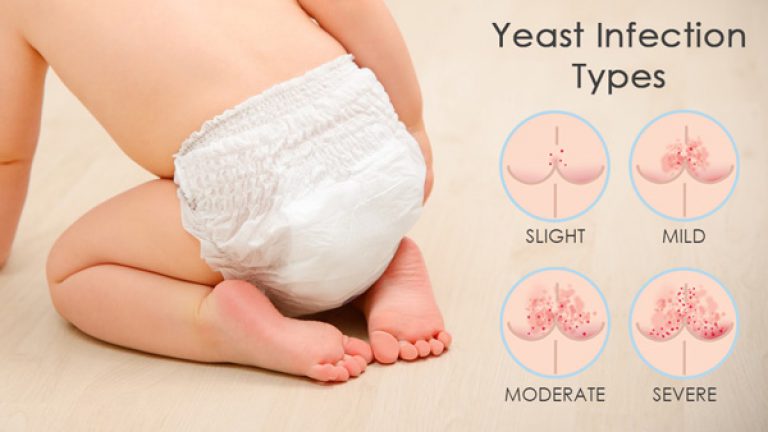
Living with Intertrigo: Lifestyle Adaptations and Support
Managing intertrigo often requires lifestyle modifications and ongoing care. Here are some tips for living comfortably with this condition:
- Develop a consistent skincare routine focused on keeping skin folds clean and dry
- Choose clothing made from breathable, moisture-wicking fabrics
- Use specialized products designed for skin fold care, such as antimicrobial soaps and powders
- Consider joining support groups or online communities for individuals with chronic skin conditions
- Work with a nutritionist to develop a diet plan that supports skin health and weight management
- Practice stress-reduction techniques, as stress can exacerbate skin conditions
How can patients effectively communicate their needs to healthcare providers? Keeping a symptom diary, documenting flare-ups, and preparing a list of questions before appointments can help ensure comprehensive care. Don’t hesitate to discuss the impact of intertrigo on your quality of life with your healthcare team.

Innovative Treatments and Future Directions
Research in dermatology continues to explore new treatment options for intertrigo and other skin fold infections. Some promising areas of investigation include:
- Novel topical formulations with enhanced antimicrobial properties
- Probiotic treatments to restore healthy skin microbiome balance
- Advanced moisture-wicking fabrics for clothing and undergarments
- Personalized treatment approaches based on individual microbiome profiles
What role might technology play in managing intertrigo in the future? Wearable devices that monitor skin moisture and temperature could provide early warnings of conditions favorable for intertrigo development. Additionally, smartphone apps could help patients track symptoms, treatment efficacy, and adherence to preventive measures.
Nutritional Considerations for Skin Health
Diet plays a crucial role in overall skin health and can influence the body’s ability to fight infections. Consider incorporating these nutrients to support skin integrity and immune function:

- Vitamin A: Supports skin cell turnover and repair
- Vitamin C: Essential for collagen production and skin barrier function
- Vitamin E: Acts as an antioxidant, protecting skin cells from damage
- Zinc: Supports wound healing and has antimicrobial properties
- Omega-3 fatty acids: Help reduce inflammation in the body
Can dietary changes alone prevent intertrigo? While a balanced diet supports overall skin health, it’s not a substitute for proper hygiene and preventive measures. However, good nutrition can complement other strategies in managing and preventing skin fold infections.
The Psychological Impact of Chronic Skin Conditions
Living with recurrent intertrigo or other skin fold infections can take a toll on mental health and self-esteem. It’s important to address the psychological aspects of managing a chronic skin condition:
- Seek support from mental health professionals if needed
- Practice self-compassion and positive self-talk
- Engage in activities that boost confidence and well-being
- Connect with others who have similar experiences through support groups
- Educate friends and family about the condition to foster understanding and support
How can healthcare providers better address the emotional impact of skin conditions? Integrating psychological support into dermatological care, offering resources for mental health services, and acknowledging the emotional challenges of living with chronic skin conditions can significantly improve patient outcomes and quality of life.

Environmental Factors and Intertrigo Management
The environment plays a significant role in the development and management of intertrigo. Consider these environmental factors and strategies:
- Climate control: Use air conditioning and dehumidifiers to reduce humidity in living spaces
- Workplace adaptations: If your job involves prolonged sitting or exposure to heat and moisture, discuss accommodations with your employer
- Travel considerations: Plan ahead for trips to humid climates, packing appropriate clothing and skincare products
- Seasonal adjustments: Be prepared to modify your skincare routine as seasons change
How can individuals balance outdoor activities with intertrigo management? Choosing appropriate clothing, timing activities to avoid peak heat and humidity, and carrying supplies for on-the-go skin care can help maintain an active lifestyle while managing intertrigo risk.
Causes, symptoms, pictures, and treatment
Intertrigo is a skin condition that causes a rash in skin folds, such as under the breasts, in the groin, or in stomach folds. The rash may be sore or itchy.
It happens when areas of moist skin rub together. Bacteria and yeast can grow in this environment, leading to an infection.
In this article, we describe what intertrigo is, what it looks like, and what causes it. We also cover diagnosis, treatment, and prevention.
Intertrigo is a skin condition that happens when folds of skin chafe against each other.
It usually develops in the inner thighs or armpits, or under the breasts or tummy fold.
Some people may experience yeast or bacterial infections in the folds of skin.
Areas of moist skin rubbing together cause intertrigo. The warm, damp environment makes the skin conducive to irritation and the growth of yeast and bacteria, which can lead to an infection.
While it can happen at any age, intertrigo tends to affect infants, older people, and those with a reduced ability to move around. In babies, it is often called diaper rash. Most cases occur in hot or humid environments and during the summer.
In babies, it is often called diaper rash. Most cases occur in hot or humid environments and during the summer.
Intertrigo is also more common in adults with incontinence, obesity, diabetes, or a weakened immune system.
Specific health conditions that can contribute to the development of intertrigo include:
Inverse psoriasis
Also known as intertriginous psoriasis, this form of psoriasis develops in the folds of the skin. It can look red and shiny.
Hailey-Hailey disease
Hailey-Hailey disease is a rare genetic disorder that causes skin cells to stick together and breaks down the layers of the skin.
People with Hailey-Hailey disease usually experience blisters and irritations on the neck, armpits, and genitals and in the folds of the skin.
Pemphigus
There are different types of pemphigus, but they all happen when the body’s immune system attacks the healthy cells in the top layer of the skin.
It typically causes blisters in the mouth, nose, throat, eyes, or genitals.
Bullous pemphigoid
A fault in the immune system causes bullous pemphigoid. People with the condition can develop mild, itchy welts or more severe blisters on the skin. These tend to appear on areas of the skin that flex or move.
Intertrigo looks like a red, raw rash on the skin. It may feel sore or itchy, and it can sometimes ooze.
It can develop in any fold of the skin. The most commonly affected areas of the body include:
- the inner thighs
- under the breasts
- in the fold of skin underneath a protruding belly
- the groin
- between the buttocks
- in the webs of the fingers
- in the webs of the toes
Intertrigo may develop in one or more of these places.
It will often be a specialist skin doctor, or dermatologist, who diagnoses intertrigo. They will do this by inspecting the skin and asking a series of questions about the person’s symptoms.
If the dermatologist suspects that a yeast or bacterial infection has developed in the skin fold, they may take a swab and send it to a laboratory for analysis.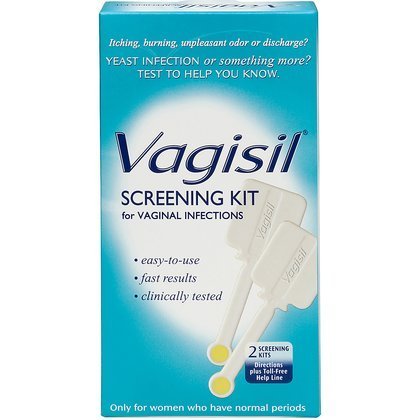
An article in the Journal of the Dermatology Nurses’ Association offers the following advice on treating intertrigo:
- Wash the affected area with ketoconazole 1% shampoo, which is available from most drugstores. People should leave it on for 2–5 minutes and then rinse it off.
- Use a hairdryer on a low setting to ensure that the area is completely dry.
- Mix equal amounts of clotrimazole 1% cream (or miconazole 1% cream) and hydrocortisone 1% cream and apply a thin layer to the affected area. People should do this twice a day until the rash is clear, which may take 3–8 weeks.
- Once the rash has cleared, continue to use the ketoconazole 1% shampoo as soap in the affected area at least once a week.
- Dry the skin with a hairdryer after every bath or shower, or whenever it feels particularly damp.
The best way to prevent intertrigo is to keep the area dry. People who experience the condition due to obesity can speak to a doctor about ways to lose weight and reduce the risk of skin complications.
The American Osteopathic College of Dermatology suggest that people prevent intertrigo by:
- placing a wad of absorbent material, such as cotton, in the affected fold to absorb sweat
- using antiperspirants
- washing daily with an antibacterial soap
- dusting the affected area with an absorbent antifungal powder once it is clean and dry
Anyone who finds that the problem keeps coming back should speak to a doctor.
Intertrigo is a skin condition that happens when areas of moist skin rub against each other. It causes a red, raw-looking rash and can lead to yeast and bacterial infections.
It can happen to anyone, but it is most common in babies, older people, individuals with mobility problems, and those with obesity.
People can easily treat the rash at home with over-the-counter creams and lotions. They can also prevent it from coming back by keeping the area clean and dry.
Anyone who experiences multiple incidences of intertrigo should speak to a doctor.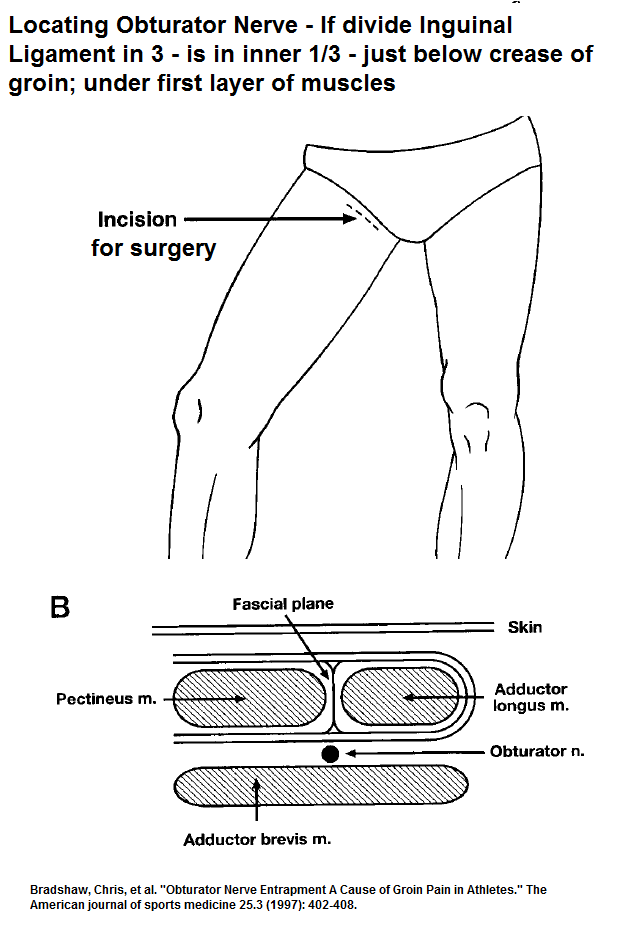
Causes, symptoms, pictures, and treatment
Intertrigo is a skin condition that causes a rash in skin folds, such as under the breasts, in the groin, or in stomach folds. The rash may be sore or itchy.
It happens when areas of moist skin rub together. Bacteria and yeast can grow in this environment, leading to an infection.
In this article, we describe what intertrigo is, what it looks like, and what causes it. We also cover diagnosis, treatment, and prevention.
Intertrigo is a skin condition that happens when folds of skin chafe against each other.
It usually develops in the inner thighs or armpits, or under the breasts or tummy fold.
Some people may experience yeast or bacterial infections in the folds of skin.
Areas of moist skin rubbing together cause intertrigo. The warm, damp environment makes the skin conducive to irritation and the growth of yeast and bacteria, which can lead to an infection.
While it can happen at any age, intertrigo tends to affect infants, older people, and those with a reduced ability to move around.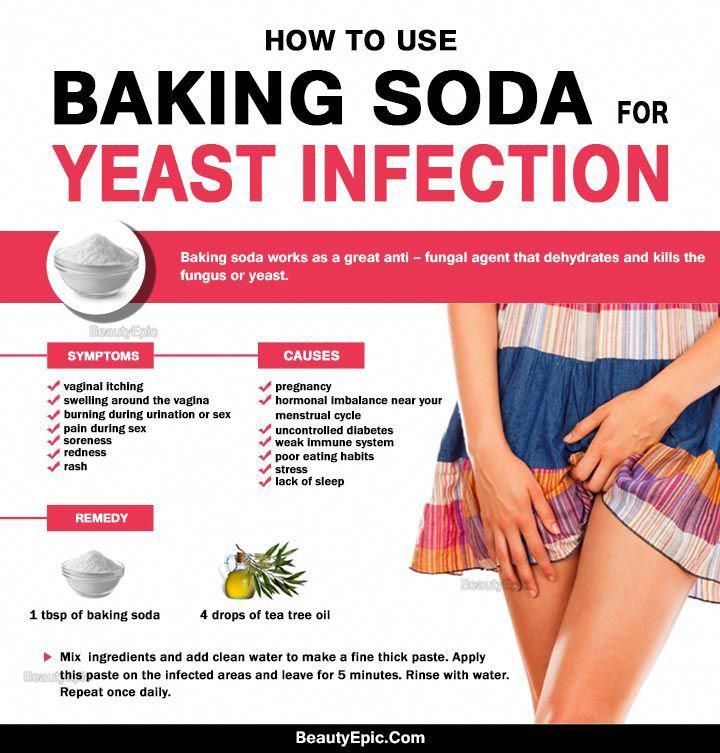 In babies, it is often called diaper rash. Most cases occur in hot or humid environments and during the summer.
In babies, it is often called diaper rash. Most cases occur in hot or humid environments and during the summer.
Intertrigo is also more common in adults with incontinence, obesity, diabetes, or a weakened immune system.
Specific health conditions that can contribute to the development of intertrigo include:
Inverse psoriasis
Also known as intertriginous psoriasis, this form of psoriasis develops in the folds of the skin. It can look red and shiny.
Hailey-Hailey disease
Hailey-Hailey disease is a rare genetic disorder that causes skin cells to stick together and breaks down the layers of the skin.
People with Hailey-Hailey disease usually experience blisters and irritations on the neck, armpits, and genitals and in the folds of the skin.
Pemphigus
There are different types of pemphigus, but they all happen when the body’s immune system attacks the healthy cells in the top layer of the skin.
It typically causes blisters in the mouth, nose, throat, eyes, or genitals.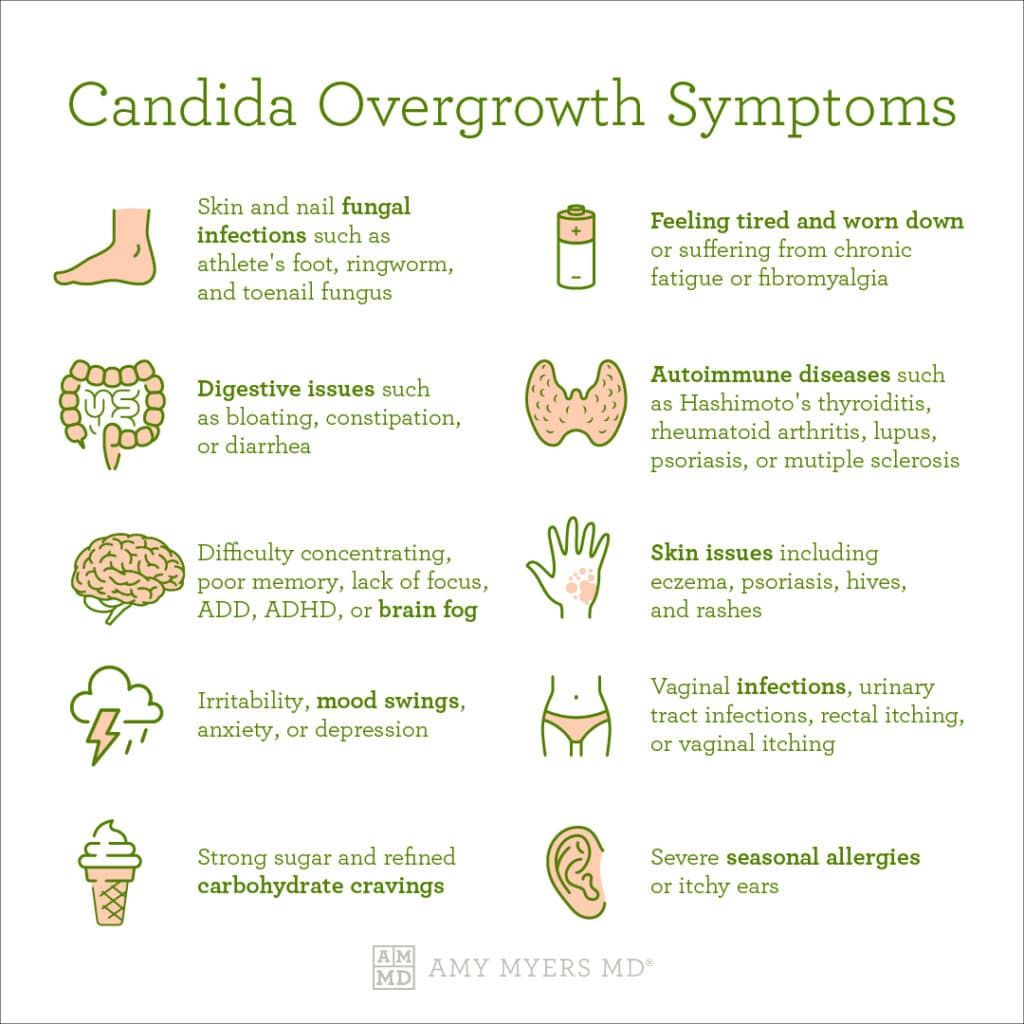
Bullous pemphigoid
A fault in the immune system causes bullous pemphigoid. People with the condition can develop mild, itchy welts or more severe blisters on the skin. These tend to appear on areas of the skin that flex or move.
Intertrigo looks like a red, raw rash on the skin. It may feel sore or itchy, and it can sometimes ooze.
It can develop in any fold of the skin. The most commonly affected areas of the body include:
- the inner thighs
- under the breasts
- in the fold of skin underneath a protruding belly
- the groin
- between the buttocks
- in the webs of the fingers
- in the webs of the toes
Intertrigo may develop in one or more of these places.
It will often be a specialist skin doctor, or dermatologist, who diagnoses intertrigo. They will do this by inspecting the skin and asking a series of questions about the person’s symptoms.
If the dermatologist suspects that a yeast or bacterial infection has developed in the skin fold, they may take a swab and send it to a laboratory for analysis.
An article in the Journal of the Dermatology Nurses’ Association offers the following advice on treating intertrigo:
- Wash the affected area with ketoconazole 1% shampoo, which is available from most drugstores. People should leave it on for 2–5 minutes and then rinse it off.
- Use a hairdryer on a low setting to ensure that the area is completely dry.
- Mix equal amounts of clotrimazole 1% cream (or miconazole 1% cream) and hydrocortisone 1% cream and apply a thin layer to the affected area. People should do this twice a day until the rash is clear, which may take 3–8 weeks.
- Once the rash has cleared, continue to use the ketoconazole 1% shampoo as soap in the affected area at least once a week.
- Dry the skin with a hairdryer after every bath or shower, or whenever it feels particularly damp.
The best way to prevent intertrigo is to keep the area dry. People who experience the condition due to obesity can speak to a doctor about ways to lose weight and reduce the risk of skin complications.
The American Osteopathic College of Dermatology suggest that people prevent intertrigo by:
- placing a wad of absorbent material, such as cotton, in the affected fold to absorb sweat
- using antiperspirants
- washing daily with an antibacterial soap
- dusting the affected area with an absorbent antifungal powder once it is clean and dry
Anyone who finds that the problem keeps coming back should speak to a doctor.
Intertrigo is a skin condition that happens when areas of moist skin rub against each other. It causes a red, raw-looking rash and can lead to yeast and bacterial infections.
It can happen to anyone, but it is most common in babies, older people, individuals with mobility problems, and those with obesity.
People can easily treat the rash at home with over-the-counter creams and lotions. They can also prevent it from coming back by keeping the area clean and dry.
Anyone who experiences multiple incidences of intertrigo should speak to a doctor.
What is thrush during pregnancy – Omega-Kyiv guide
In preparation for pregnancy, a woman undergoes a comprehensive examination by a gynecologist in a private clinic, and passes all the necessary tests. But this does not protect her from all the dangers that surround weakened by pregnancy immunity. Quite often, in an absolutely healthy woman, the onset of pregnancy is accompanied by thrush. Thrush – (scientific name “candidiasis”) is an infectious disease caused by a fungus of the genus Candida. The disease is accompanied by white curdled discharge from the vagina, which is not typical for a healthy woman.
Why is thrush dangerous during pregnancy?
If you start treatment in a timely manner, then thrush during pregnancy is not dangerous. Some believe that it is pointless to treat thrush, because this phenomenon occurs against the background of hormonal changes during pregnancy. But this opinion is erroneous and can lead to infection of the baby with stomatitis, which will lead to problems with feeding. Also, thrush can cause erosion of the uterus, which subsequently leads to a loss of elasticity of the vagina and ruptures during childbirth.
Also, thrush can cause erosion of the uterus, which subsequently leads to a loss of elasticity of the vagina and ruptures during childbirth.
What are the symptoms of thrush during pregnancy?
The symptomatology of the disease during pregnancy does not differ much from the usual signs of thrush.
Symptoms of candidiasis during pregnancy:
- White or white-yellow vaginal discharge. By consistency, the discharge can be liquid or cheesy;
- Discharge may have a sour, offensive odor;
- Discomfort caused by intense itching inside the vagina. The most severe itching occurs at night, after taking a hot bath or after sexual intercourse; Pain when urinating.
The treatment of thrush during pregnancy must be treated with particular importance. You should forget all the ways of “self-treatment at home”, and immediately consult a doctor. This action is primarily due to the fact that during pregnancy, many medicines are prohibited and can harm the baby.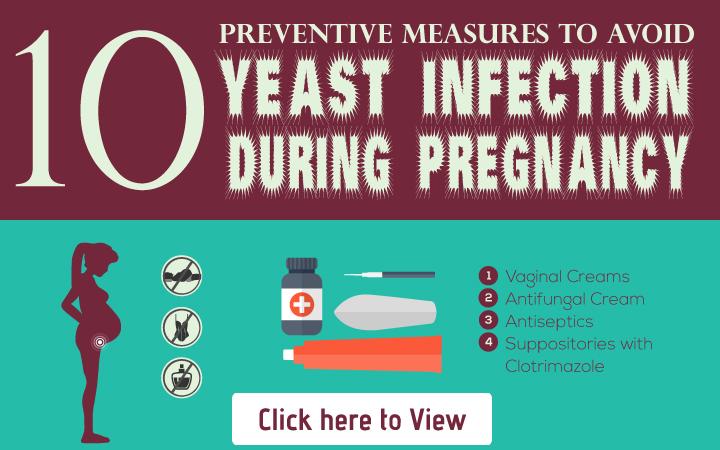 The gynecologist will help you choose drugs that do not harm the child. The most effective and safe methods of treatment will be suppositories and topical ointments. Also, based on the recommendations of the doctor, you can apply folk methods of dealing with the disease.
The gynecologist will help you choose drugs that do not harm the child. The most effective and safe methods of treatment will be suppositories and topical ointments. Also, based on the recommendations of the doctor, you can apply folk methods of dealing with the disease.
Concerning methods of preventing thrush during pregnancy, gynecologists give the following recommendations:
- Replace synthetic and uncomfortable underwear with cotton products;
- Daily maintain vaginal hygiene, avoid excessive dampness, because a humid environment contributes to the growth and reproduction of the fungus;
- Exclude from the diet alcohol, high-calorie and junk food that contains preservatives. Significantly reduce the consumption of sugar and synthetic food additives;
- Mostly switch to a healthy and proper diet; Avoid stressful situations, as well as conduct regular check-ups with a gynecologist for prevention.
Go away, milkmaid!
Go away, milkmaid!
Thrush is a word familiar to many people.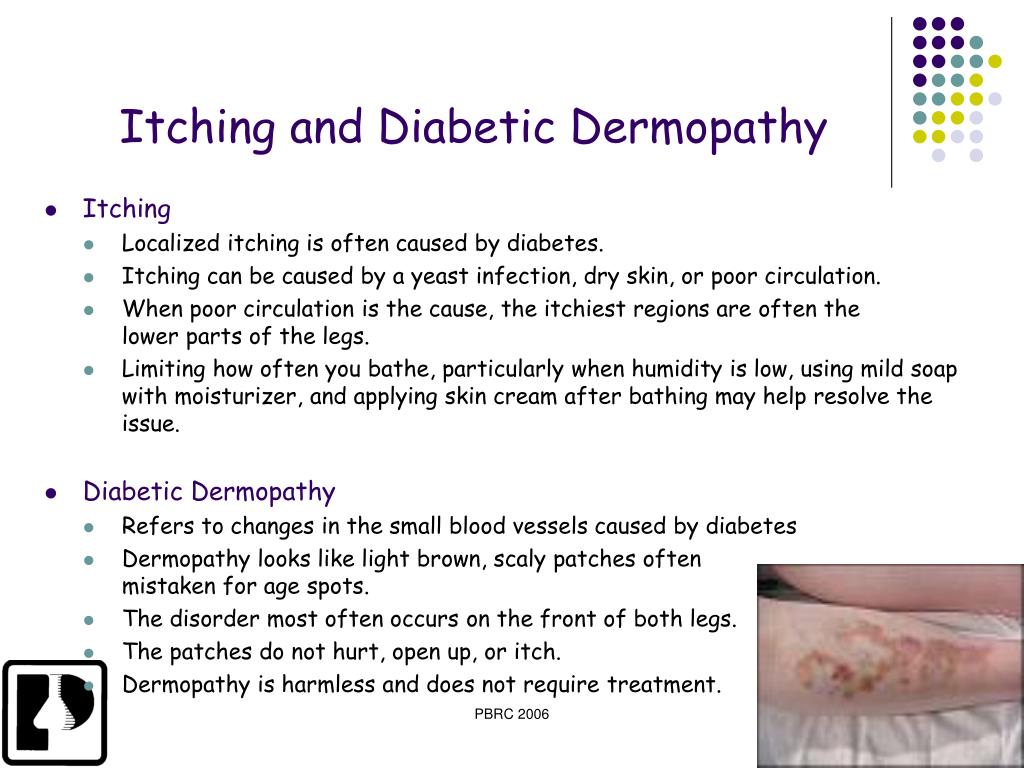 The medical name for this disease is candidiasis . This is a disease of the skin, mucous membranes, internal organs due to the pathogenic effects of fungi of the genus candida . One of the common misconceptions is that this is only a female disease , so its role is often underestimated.
The medical name for this disease is candidiasis . This is a disease of the skin, mucous membranes, internal organs due to the pathogenic effects of fungi of the genus candida . One of the common misconceptions is that this is only a female disease , so its role is often underestimated.
“First date” with this fungus can occur in the neonatal period , but immunity to this fungus is not formed and thrush can be repeated several times during life.
In the current situation of the rapid development of the pharmaceutical market, new highly effective antifungal drugs have been introduced into the doctor’s practice, which help to save the patient from the troubles caused by the fungus . But if you do not identify the reasons why the fungus periodically attacks you, you will have to take drugs in a constant mode , but they are not so harmless.
Fungi of the genus Candida are widely distributed in the environment. As saprophytes, they can be found on the skin and mucous membranes of a person, they can be isolated from urine, feces, sputum in small quantities in a healthy person. The disease develops both when these fungi enter from the environment, and due to their own, living in the environments of the body.
As saprophytes, they can be found on the skin and mucous membranes of a person, they can be isolated from urine, feces, sputum in small quantities in a healthy person. The disease develops both when these fungi enter from the environment, and due to their own, living in the environments of the body.
Causes of fungus appearance
There are many reasons why a fungus turns from a friend into an enemy. Here are some of them:
- intestinal dysbacteriosis,
- failure of immunity,
- lack of intake and assimilation of vitamins.
- occupational hazards,
- inflammatory diseases,
- diabetes,
- frequent lesions of the skin and mucous membranes,
- uncontrolled intake of antibacterial drugs and antibiotic therapy without parallel administration of appropriate doses of antifungal drugs,
- hormonal disorders,
- taking hormonal contraceptives, etc.
Types of disease and localization
Isolate superficial candidiasis of mucous membranes, skin, nails, chronic generalized, granulomatosis and visceral candidiasis. The main complaint in lesions of the skin and mucous membranes are itching, burning, and sometimes soreness. On the mucous membranes, against the background of redness, white dot plaques appear, which gradually merge with each other to form films. With the defeat of the genital organs in women (vulvovaginal candidiasis), there is a discharge of white color, thick, reminiscent of curdled milk in consistency, may be crumbly, with a sour smell. In men, the lesion is localized in the region of the glans penis and the inner layer of the foreskin (candidiasis balanoposthitis): foci of redness appear, superficial erosions, white plaques may form.
The main complaint in lesions of the skin and mucous membranes are itching, burning, and sometimes soreness. On the mucous membranes, against the background of redness, white dot plaques appear, which gradually merge with each other to form films. With the defeat of the genital organs in women (vulvovaginal candidiasis), there is a discharge of white color, thick, reminiscent of curdled milk in consistency, may be crumbly, with a sour smell. In men, the lesion is localized in the region of the glans penis and the inner layer of the foreskin (candidiasis balanoposthitis): foci of redness appear, superficial erosions, white plaques may form.
Another favorite localization of candidal lesions are natural skin folds: under the mammary glands, inguinal, intergluteal. Lesions on the skin with clear boundaries, with a border of whitish macerated epidermis, the surface is weeping, crimson-cyanotic color.
Candida often affects the skin of the hands among food workers.